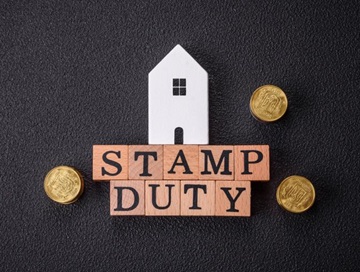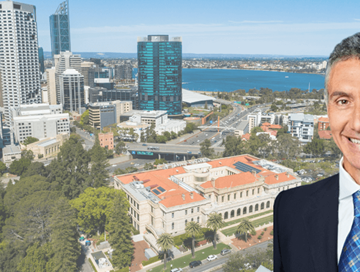How natural disasters affect the property market
28 February 2023"Natural disasters, such as floods, fires or cyclones, do have an immediate effect on a region’s property market. "
.tmb-newsdetail.jpg?sfvrsn=3de483c6_1)
Natural disasters, such as floods, fires or cyclones, do have an immediate effect on a region’s property market. Market activity naturally slows as people are unable to buy, sell or rent damaged property and the community focus is usually on dealing with the aftermath of the event.
Market activity will then pick up in those parts of the region that have not sustained serious damage and over time the rest of the region will recover. For example, Kalbarri was severely damaged by Cyclone Seroja in 2021. Its median house price increased from $295,000 in 2020 to $357,500 in 2021 and $390,000 by December 2022.
The Yanchep area experienced severe bushfire in late 2019. Since then, its median house price has risen from $362,500 in December 2019 to $483,000 at the end of 2022.
This has been helped by the buoyant property market over the past couple of years. The price recovery may be slower under different market conditions, or if a large number of properties have been severely damaged.
Unfortunately, owners whose properties are damaged often experience a significant delay before they can act. It takes time for insurance claims to be processed, particularly following a natural disaster. Some property owners in Kalbarri are only just seeing their insurance claims finalised now. Owners have to decide whether to rebuild and stay, rebuild and sell, or demolish and sell the land. At the moment, the delays in the building industry will also impact this process. Often, as part of the general rebuilding process older damaged community facilities are replaced with new ones and the area becomes more appealing.
You see a bigger impact on the property market in areas where natural disasters are more frequent, such as the floods in New South Wales and Queensland. It will take these regions a longer time to recover, both in terms of the market as well as the social and emotional impacts on the community.
In these regions, local buyers may choose to take measures to protect their homes against future flooding. They may prefer to buy homes that are already protected. If insurance premiums become excessive or if buyers cannot get insurance, this may affect their decision on where to buy. Values and activity in higher risk areas may be affected if buyers look to regions and suburbs that are at less risk.
As communities recover from natural disaster, they become more resilient. Properties tend to be rebuilt to specific standards to better protect them from major damage in case of another disaster in future. There are building regulations for cyclones in the north-west and the community is usually well-prepared. WA also has regulations for building in bushfire-prone areas or floodplains.
When a property is listed on www.reiwa.com potential buyers can use the interactive maps to check if it is in a flood or bushfire-prone area. When viewing the property they can click on the map and select the environment tab.




.tmb-rcarousel.png?sfvrsn=3619a769_1)

.tmb-rcarousel.png?sfvrsn=8808266b_1)


